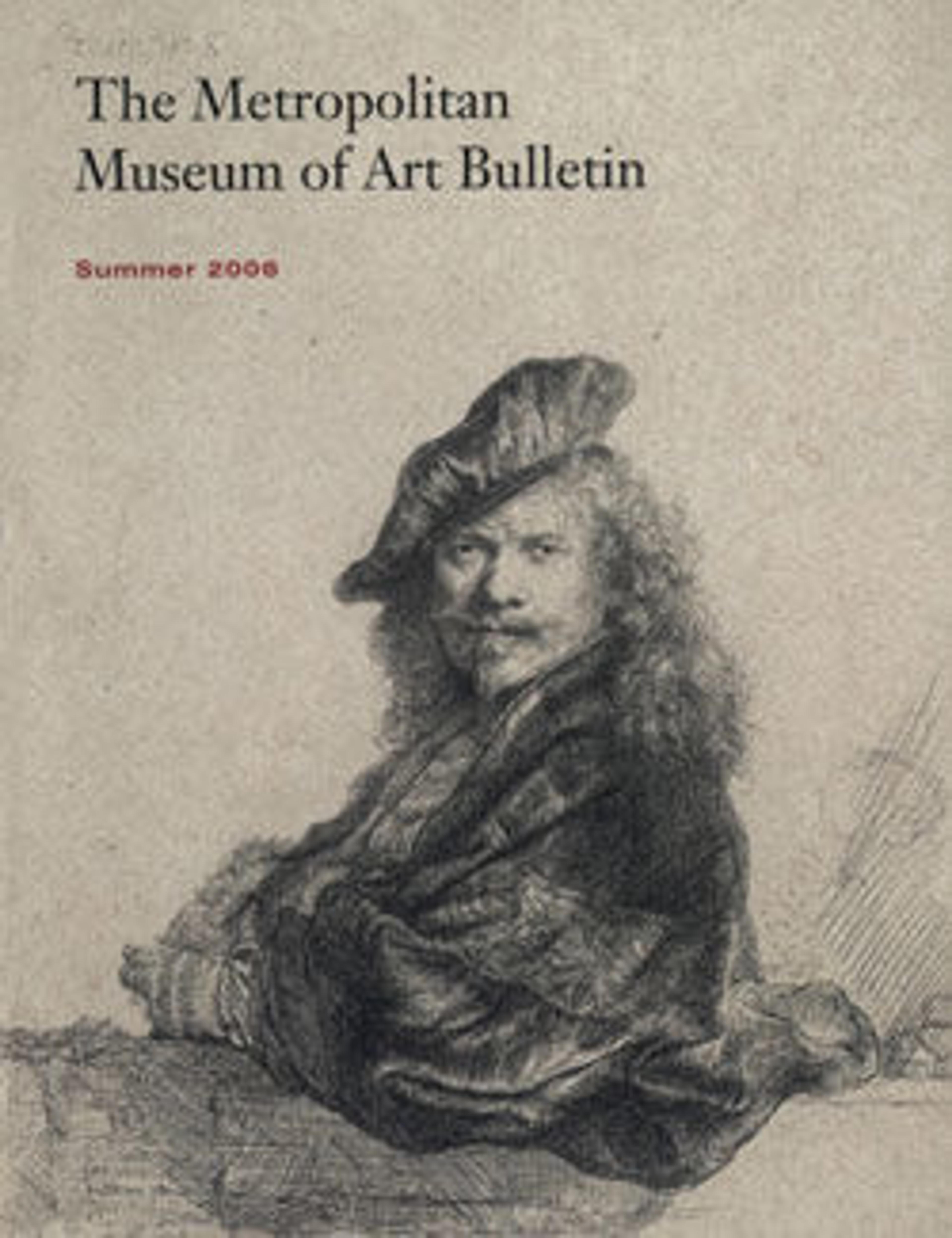Two Studies of a Woman Reading
Rembrandt's figure studies capture both the physical and psychological character of his models. Although here his technique appears abbreviated and sketchy, he closely observed and brilliantly summarized such details as the tendrils of the woman's hair, the curve of her fingers, and the roundness of her cheek. Rembrandt's wife, Saskia, may have served as the model for this drawing. In the lower study, she appears in full daylight, while in the upper study, she sits almost completely in the dark, leaning forward to catch a few glimmers of light for her reading; the darkness surrounding her is depicted with strongly diverging hatching.
Artwork Details
- Title: Two Studies of a Woman Reading
- Artist: Rembrandt (Rembrandt van Rijn) (Dutch, Leiden 1606–1669 Amsterdam)
- Date: 1635–40
- Medium: Pen and brown iron-gall ink
- Dimensions: sheet: 6 13/16 x 5 7/8 in. (17.3 x 15 cm)
- Classification: Drawings
- Credit Line: H. O. Havemeyer Collection, Bequest of Mrs. H. O. Havemeyer, 1929
- Object Number: 29.100.932
- Curatorial Department: Drawings and Prints
More Artwork
Research Resources
The Met provides unparalleled resources for research and welcomes an international community of students and scholars. The Met's Open Access API is where creators and researchers can connect to the The Met collection. Open Access data and public domain images are available for unrestricted commercial and noncommercial use without permission or fee.
To request images under copyright and other restrictions, please use this Image Request form.
Feedback
We continue to research and examine historical and cultural context for objects in The Met collection. If you have comments or questions about this object record, please complete and submit this form. The Museum looks forward to receiving your comments.
